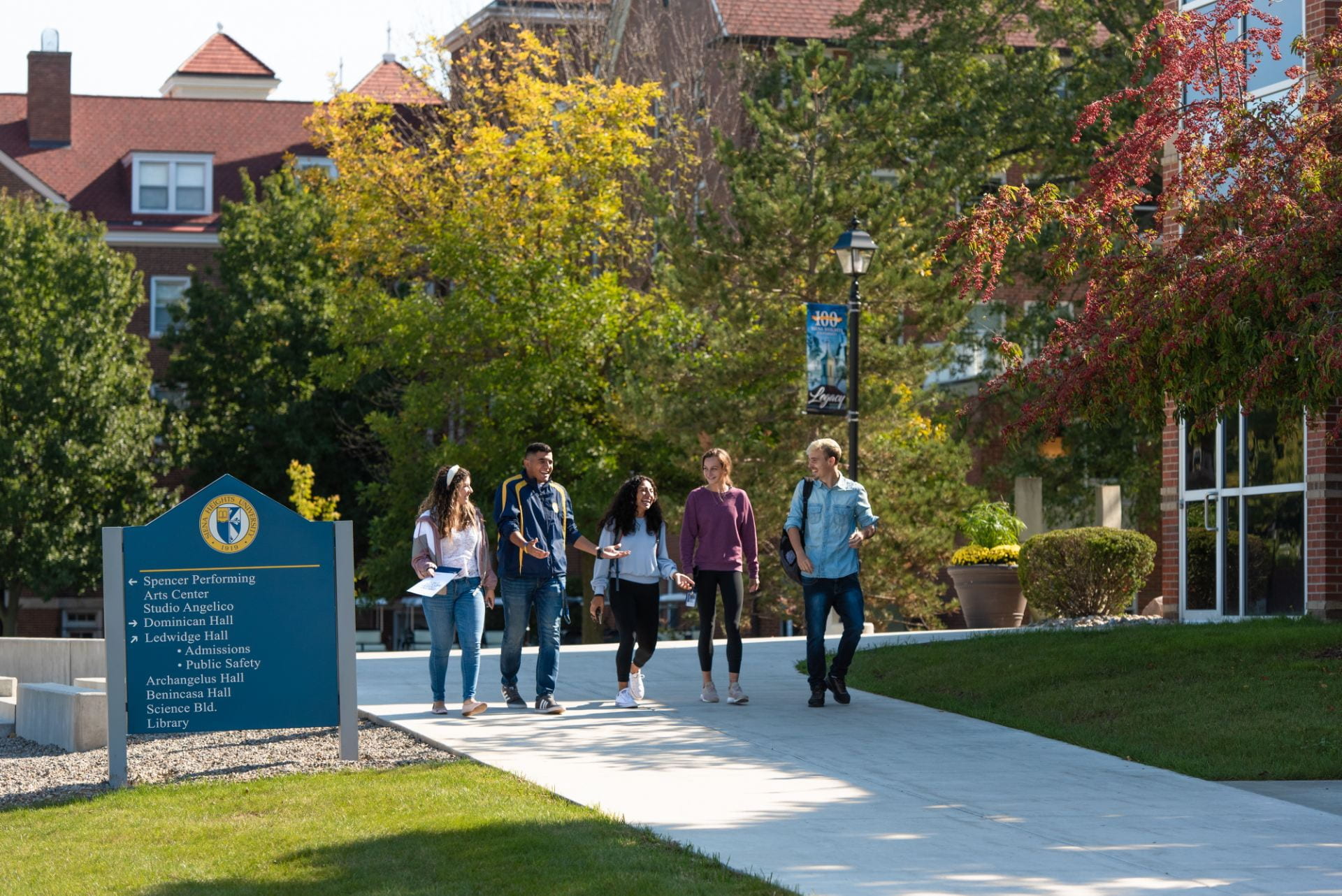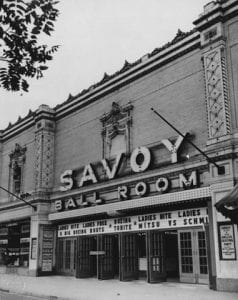Reaching new heights in popularity, black music–spirituals, jazz and blues permeated the culture of Harlem and beyond (Watson, 1995). The bands and singers who played the Apollo, the Savoy Ballroom and the Cotton club are now legendary: Louie Armstrong, Fats Waller, Bessie Smith, Ma Rainey and others. The perfect complement to the music was dance and African American performers created new routines weekly and ordinary Harlemites swarmed the dance floors to share the new moves. They were allowed to perform in the clubs, but the larger clubs catered to white patrons only. They were extravagant, stylish and “high tone” (p. 124-5).
Watson, S. ( 1995). The Harlem Renaissance: hub of African-American culture. New York: Pantheon
Hill, L. (2003). Harlem stomp!. New York: Little, Brown and Company.
The author of Harlem Stomp! (Hill, 2003) writes:”By the mid-twenties, Harlem was the place to be for nightlife, and it remained that way until the Wall Street crash in 1929. A love of everything Harlem was just about everywhere, from the all-black Broadway reviews downtown to Paris’s hot jazz bands. Harlem was on everyone’s mind–even whites, and not only the white supporters of the renaissance’s literature but also trendsetters. . . That did not mean, however, that whites wanted to socialize with blacks as equals. Consequently, a whole industry of white clubs arose, offering black exotica at a distance. These were the Jim Crow nightclubs in the heart of Harlem” (p. 98).



